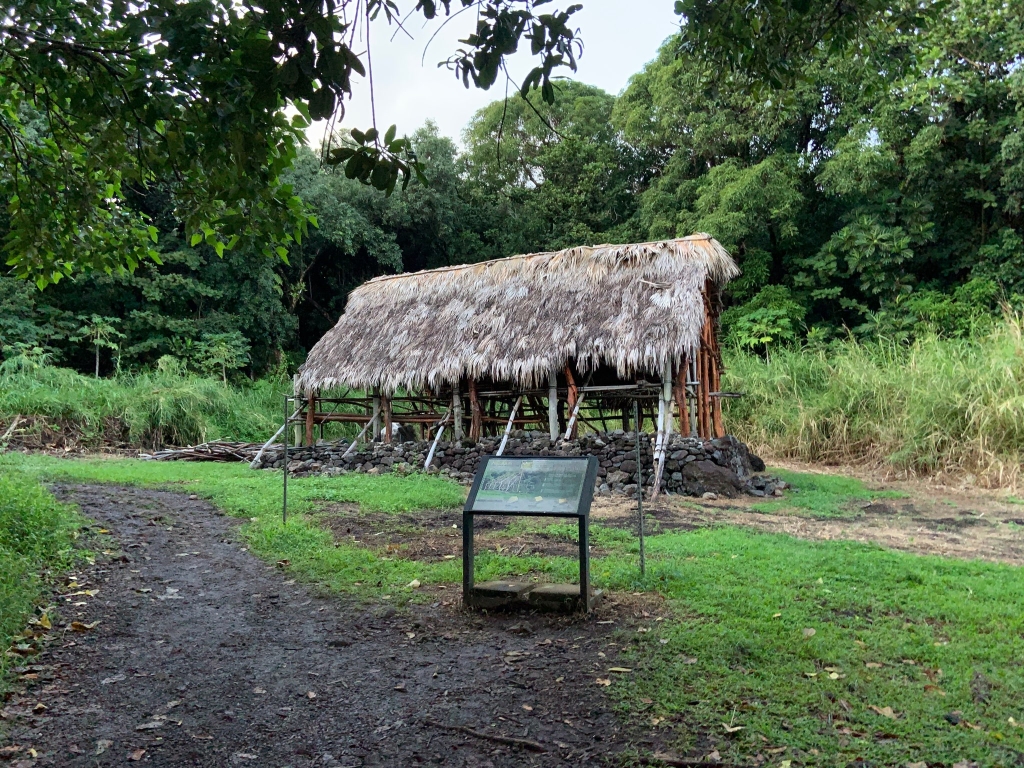
Feel free to walk inside and enjoy the shade the structure offers. Please do not sit on the fragile rock walls or stack rocks around the hale hālāwai. Stacking rocks has no cultural significance and is akin to graffiti.
Welcome to the hale hālāwai, which was built in 2010 to showcase how a typical Hawaiian gathering house would look. Think about your hometown and how different building shapes may indicate the purpose of the building. The same is true for Hawaiian village sites.
These types of structures were used for various purposes. Hawaiians built specific hale (houses) for many uses: gathering houses, cooking houses, kāne (men’s) eating houses, wāhine (women’s) eating houses, waʻa (canoe) houses, and of course hale noa (sleeping houses.) Each was built to the specifications of its purpose. A hale noa was small and cozy with one puka (hole/doorway) and thatched all the way to the ground. Thatching would have been either palm leaves or pili grass, depending on that village’s specific resources. We will learn more about the hale noa further down the trail.
There are numerous stone foundations of these types of buildings. In fact, Hawaiian archeologists claim that more of these foundations are found in this part of Maui than in all of Hawaiʻi combined! Why would this be the case? Location, location, location! Situated conveniently by the shore and a fresh water stream, this location provided all the resources needed to survive. Behind the hale hālāwai, you see rock walls disappearing into the dense forest. If we were to remove the trees and ground vegetation here, you would see dozens of these walls and many more building foundations in the distance. This was once a thriving village.
While the people that built these structures were using ancient knowledge from Polynesian traditions, Maui’s changed in the past two centuries. How has your hometown changed in your lifetime? Continue to the next stop to discover how Kīpahulu changed through time and discover how resources brought by recent immigrants helped them not only survive, but thrive here.
Welcome to the hale hālāwai, which was built in 2010 to showcase how a typical Hawaiian gathering house would look. Think about your hometown and how different building shapes may indicate the purpose of the building. The same is true for Hawaiian village sites.
These types of structures were used for various purposes. Hawaiians built specific hale (houses) for many uses: gathering houses, cooking houses, kāne (men’s) eating houses, wāhine (women’s) eating houses, waʻa (canoe) houses, and of course hale noa (sleeping houses.) Each was built to the specifications of its purpose. A hale noa was small and cozy with one puka (hole/doorway) and thatched all the way to the ground. Thatching would have been either palm leaves or pili grass, depending on that village’s specific resources. We will learn more about the hale noa further down the trail.
There are numerous stone foundations of these types of buildings. In fact, Hawaiian archeologists claim that more of these foundations are found in this part of Maui than in all of Hawaiʻi combined! Why would this be the case? Location, location, location! Situated conveniently by the shore and a fresh water stream, this location provided all the resources needed to survive. Behind the hale hālāwai, you see rock walls disappearing into the dense forest. If we were to remove the trees and ground vegetation here, you would see dozens of these walls and many more building foundations in the distance. This was once a thriving village.
While the people that built these structures were using ancient knowledge from Polynesian traditions, Maui’s changed in the past two centuries. How has your hometown changed in your lifetime? Continue to the next stop to discover how Kīpahulu changed through time and discover how resources brought by recent immigrants helped them not only survive, but thrive here.
Is there something we missed for this itinerary?
Itineraries across USA
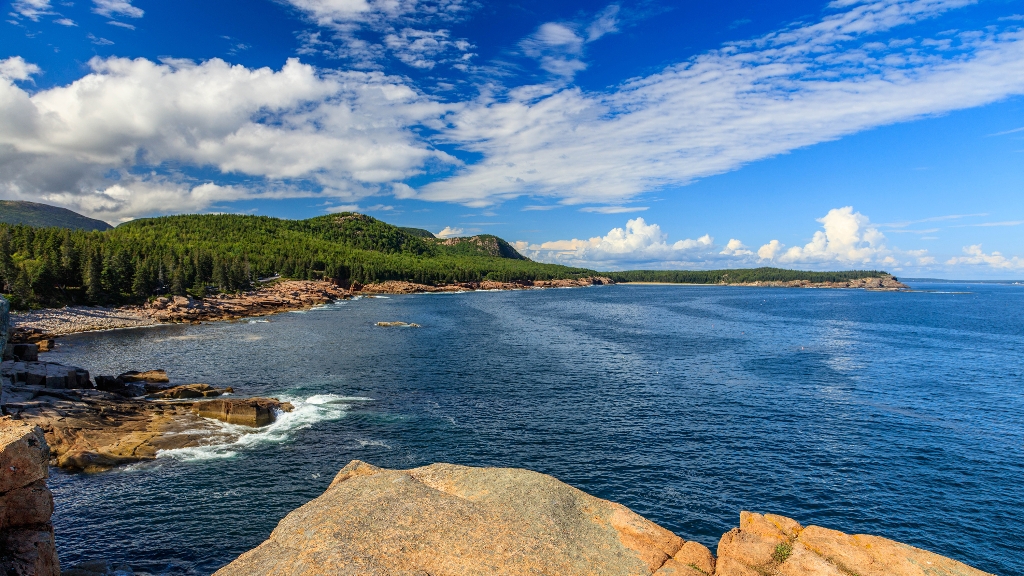
Acadia
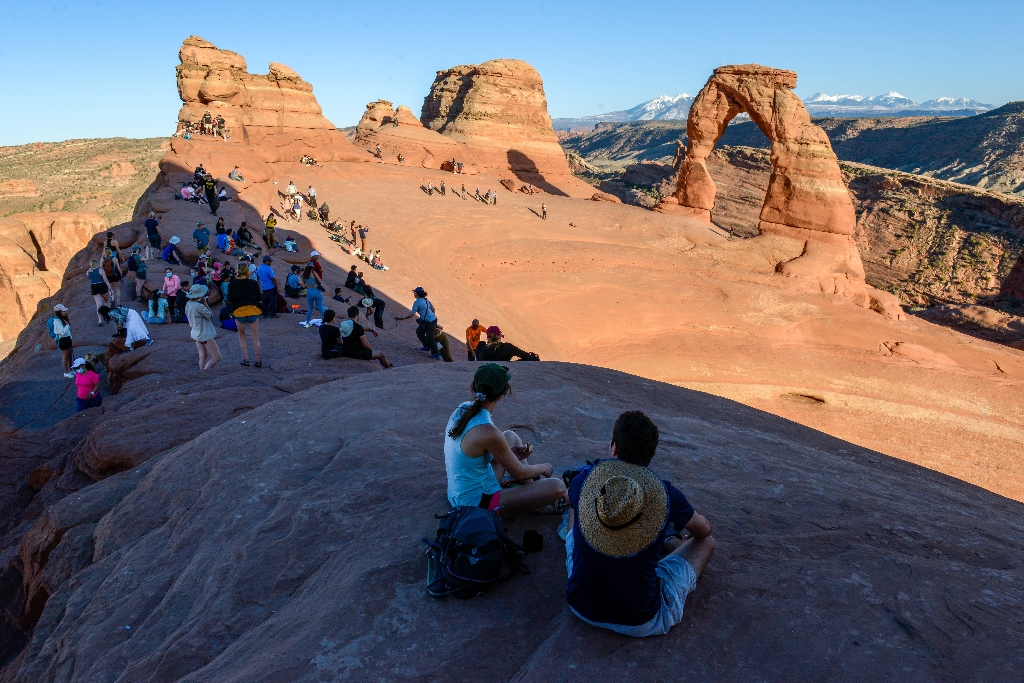
Arches National Park

Badlands
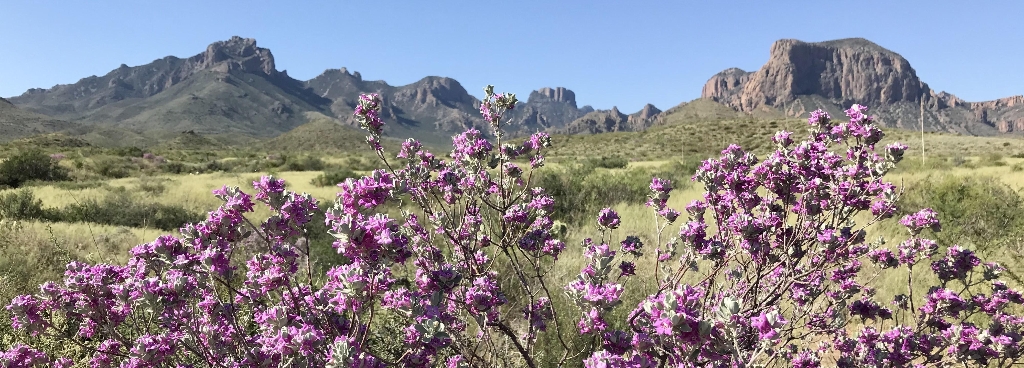
Big Bend
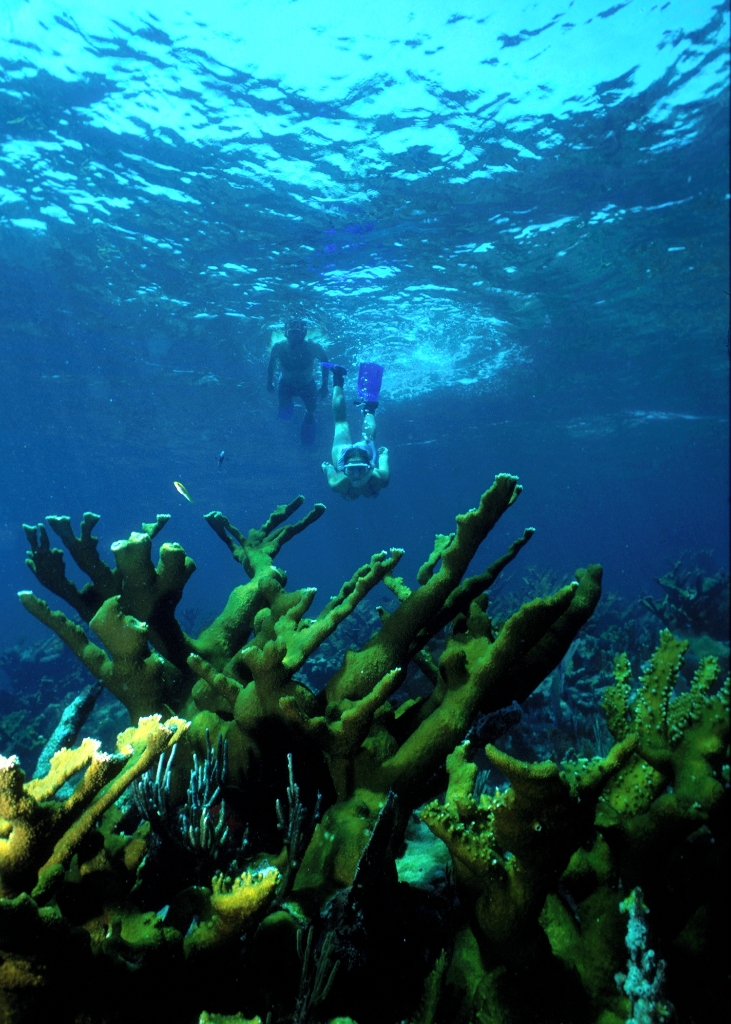
Biscayne

Black Canyon Of The Gunnison
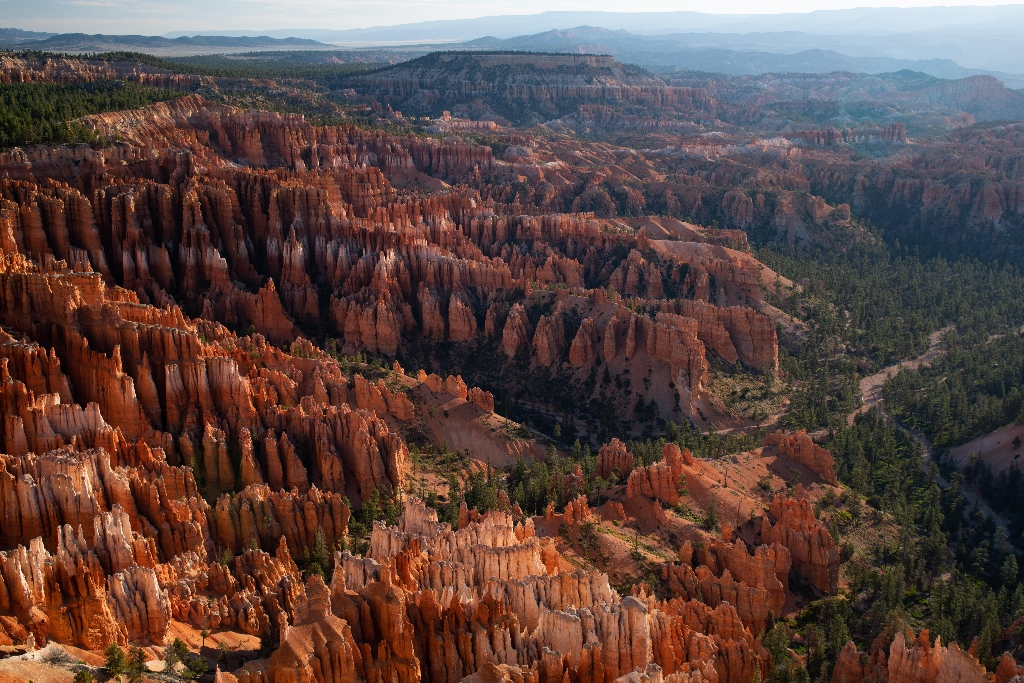
Bryce Canyon
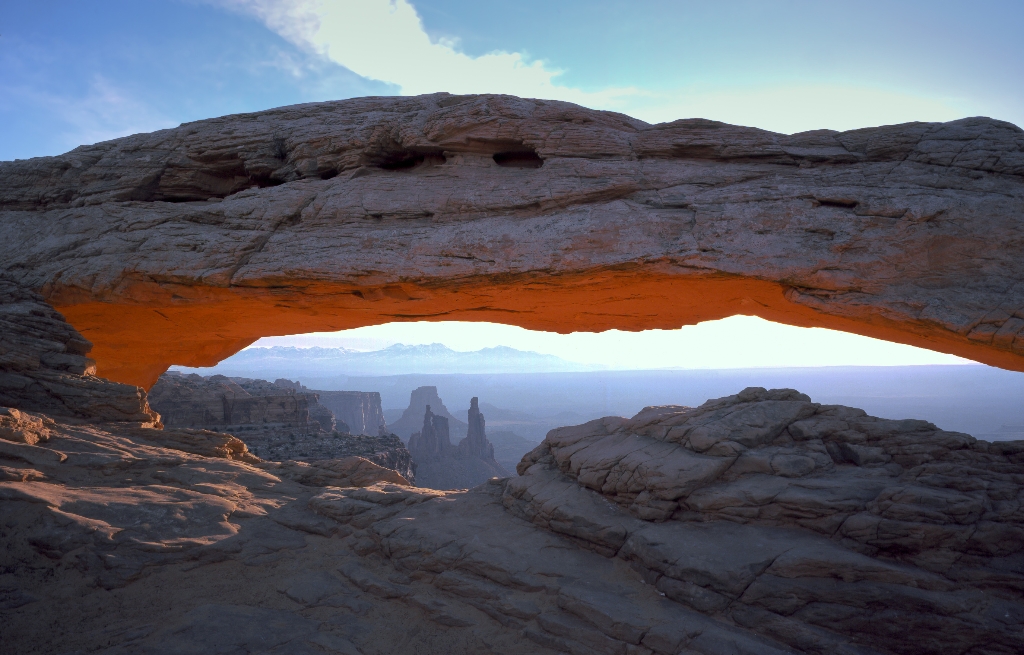
Canyonlands
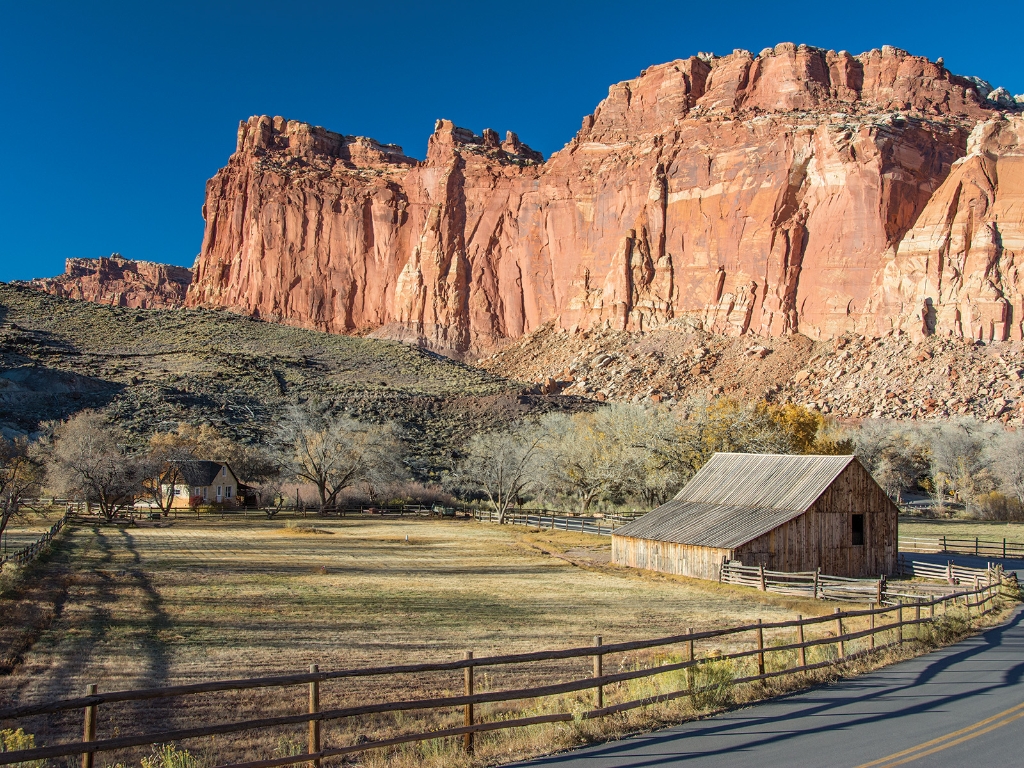
Capitol Reef
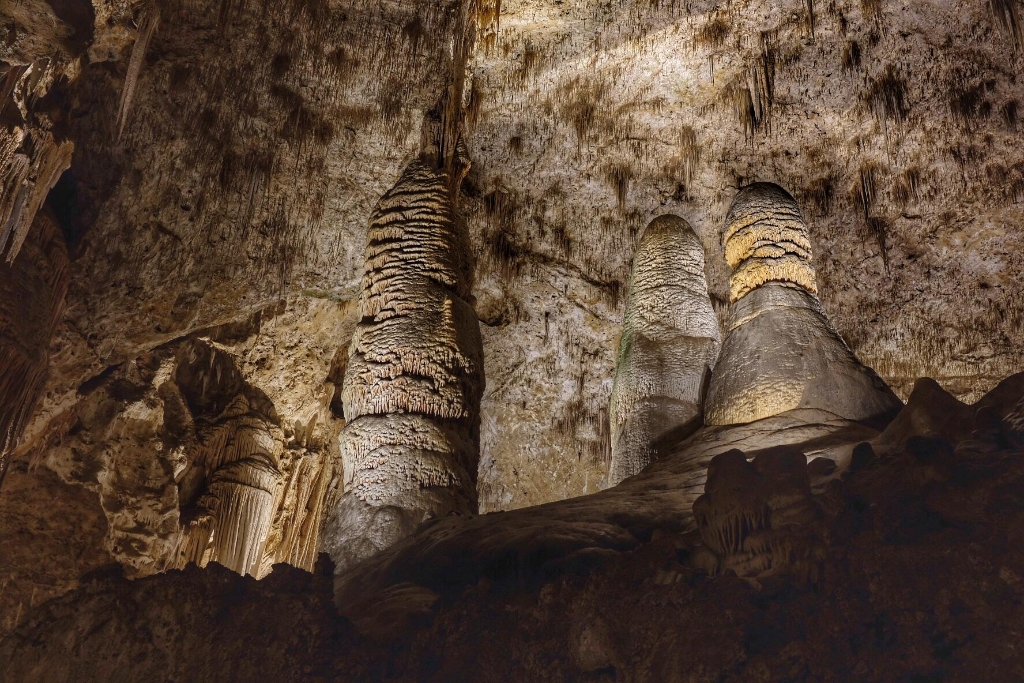
Carlsbad Caverns
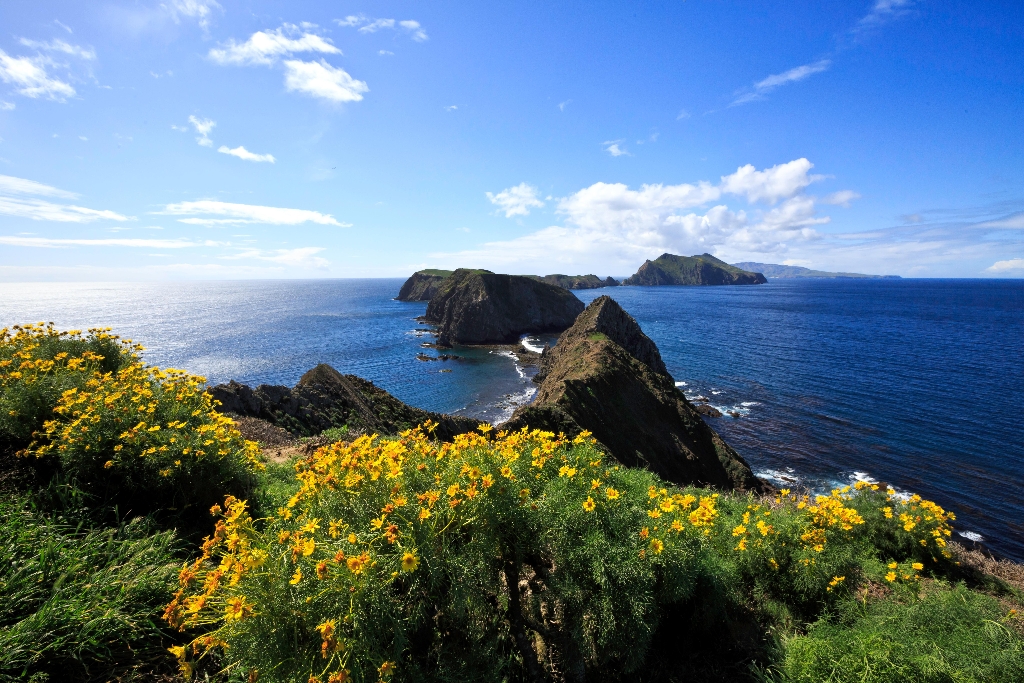
Channel Islands
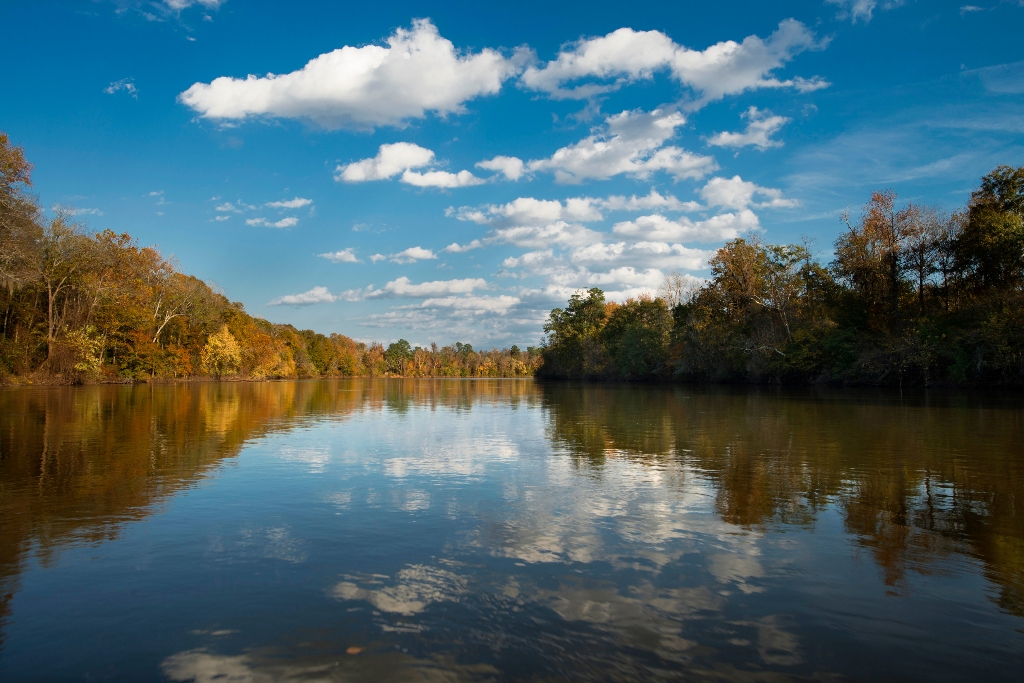
Congaree
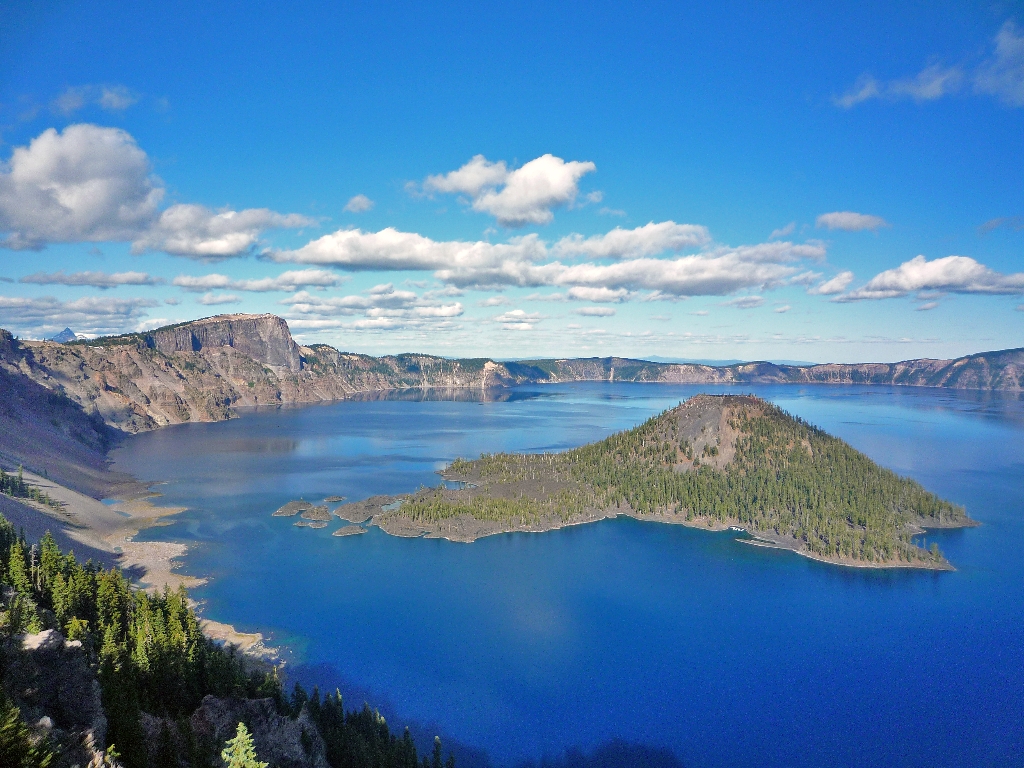
Crater Lake
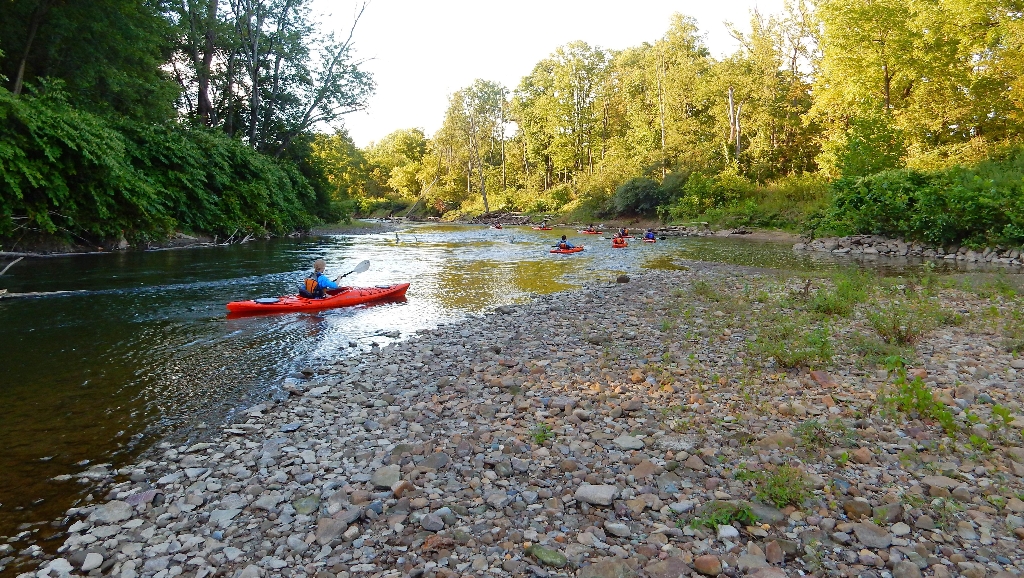
Cuyahoga Valley

Death Valley
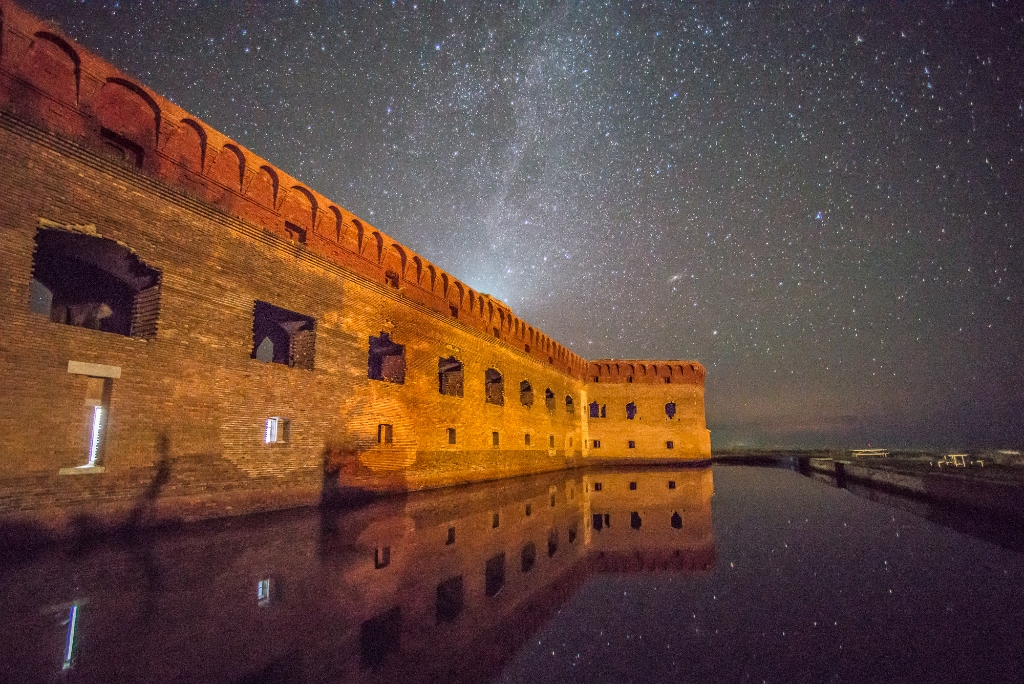
Dry Tortugas
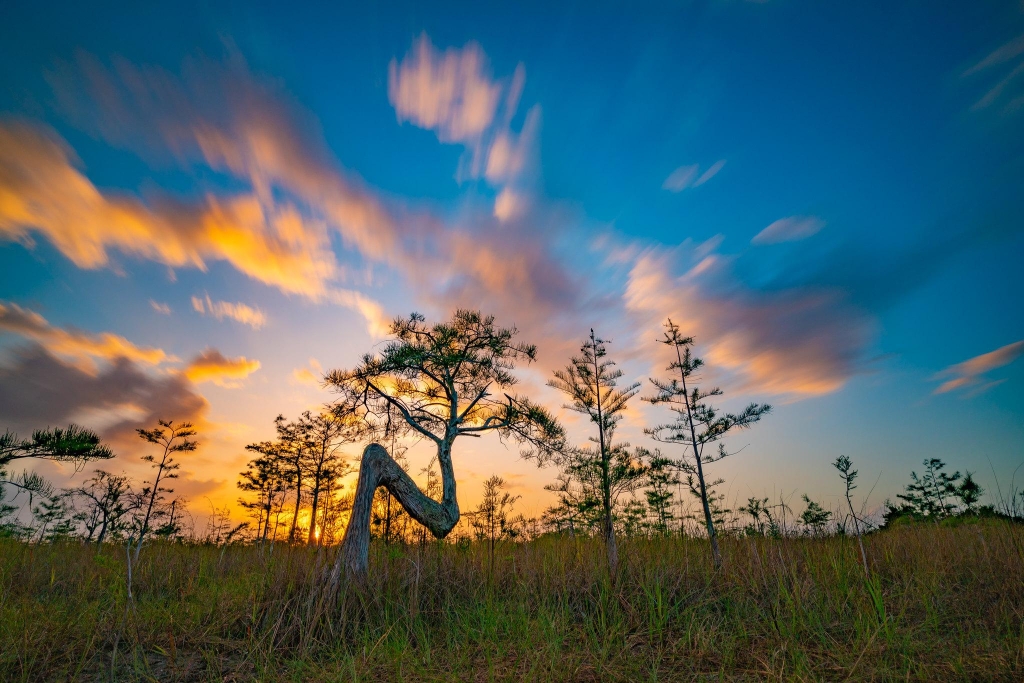
Everglades

Gateway Arch
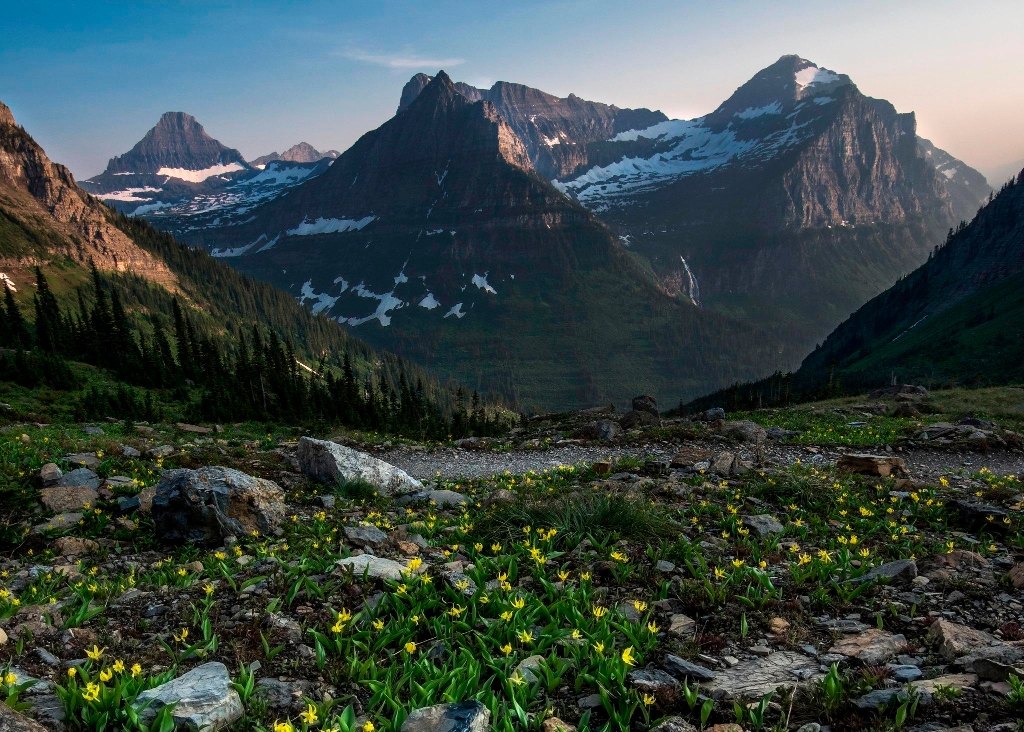
Glacier
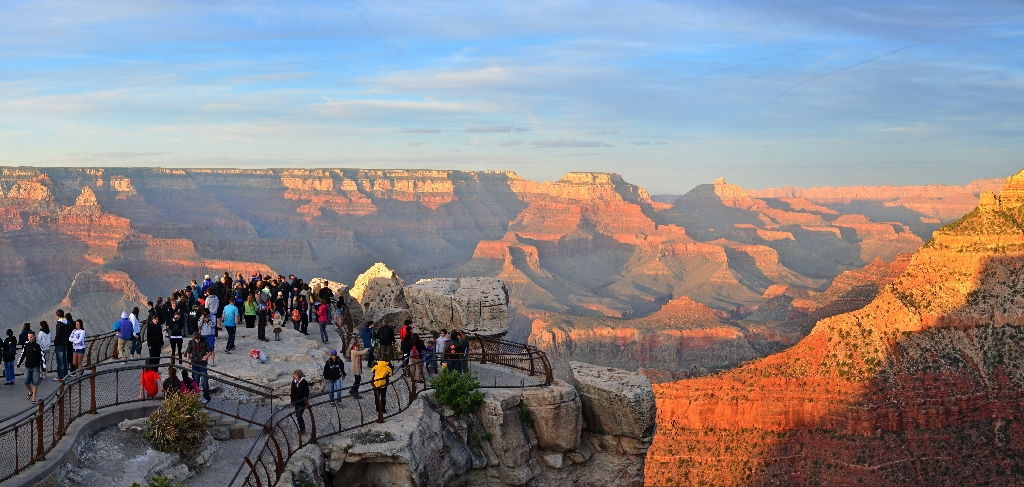
Grand Canyon

Grand Teton
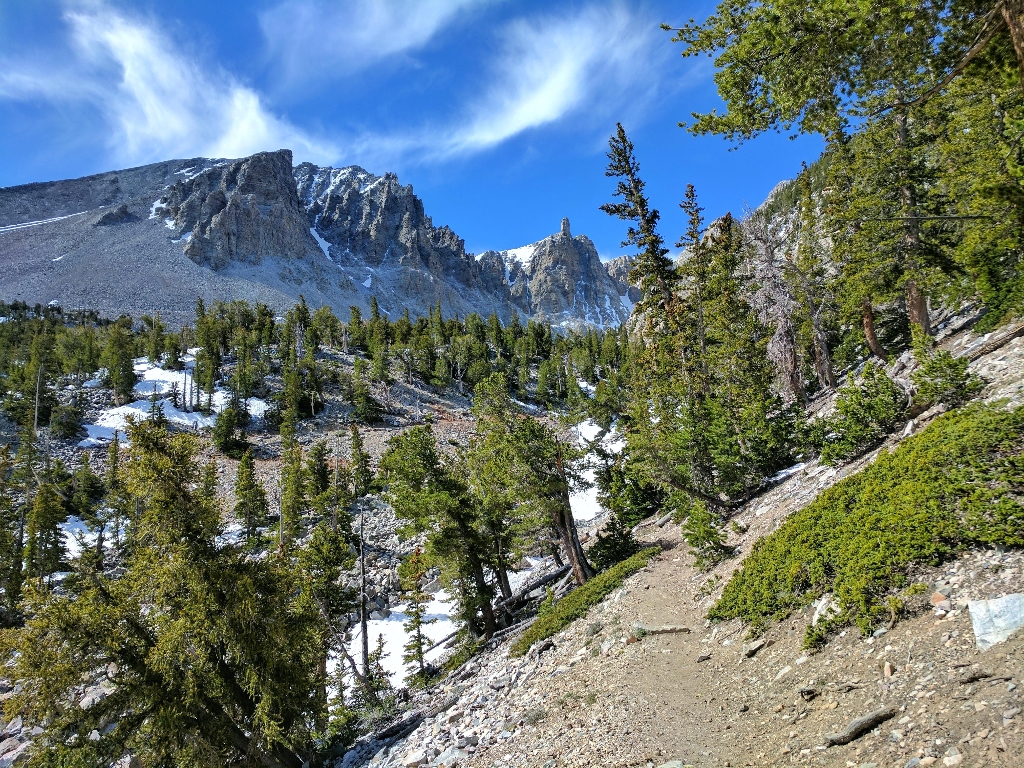
Great Basin
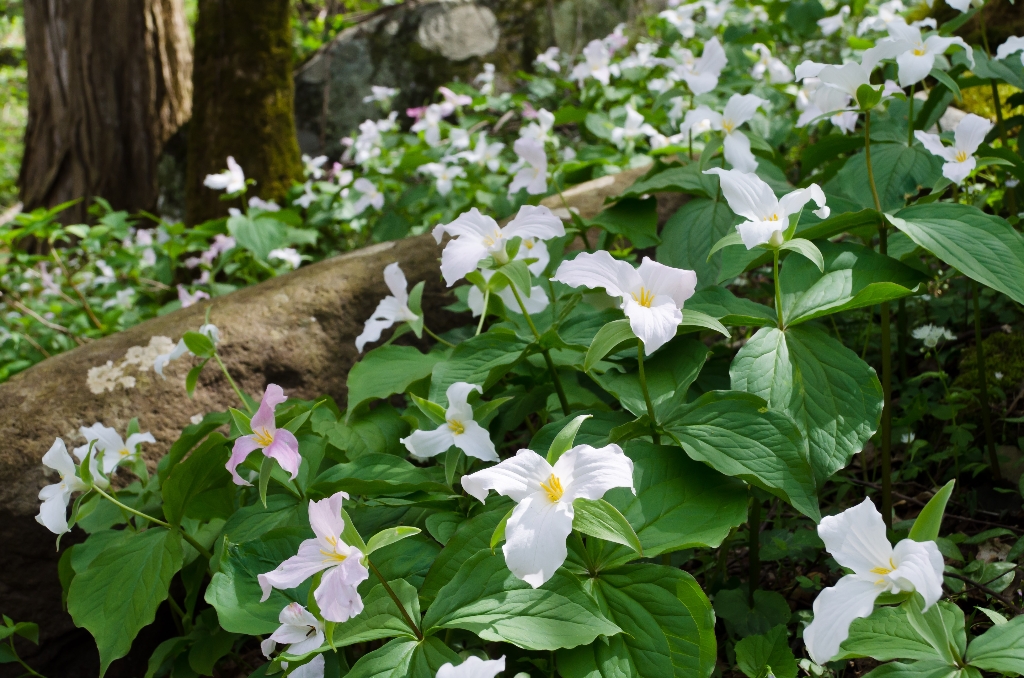
Great Smoky Mountains
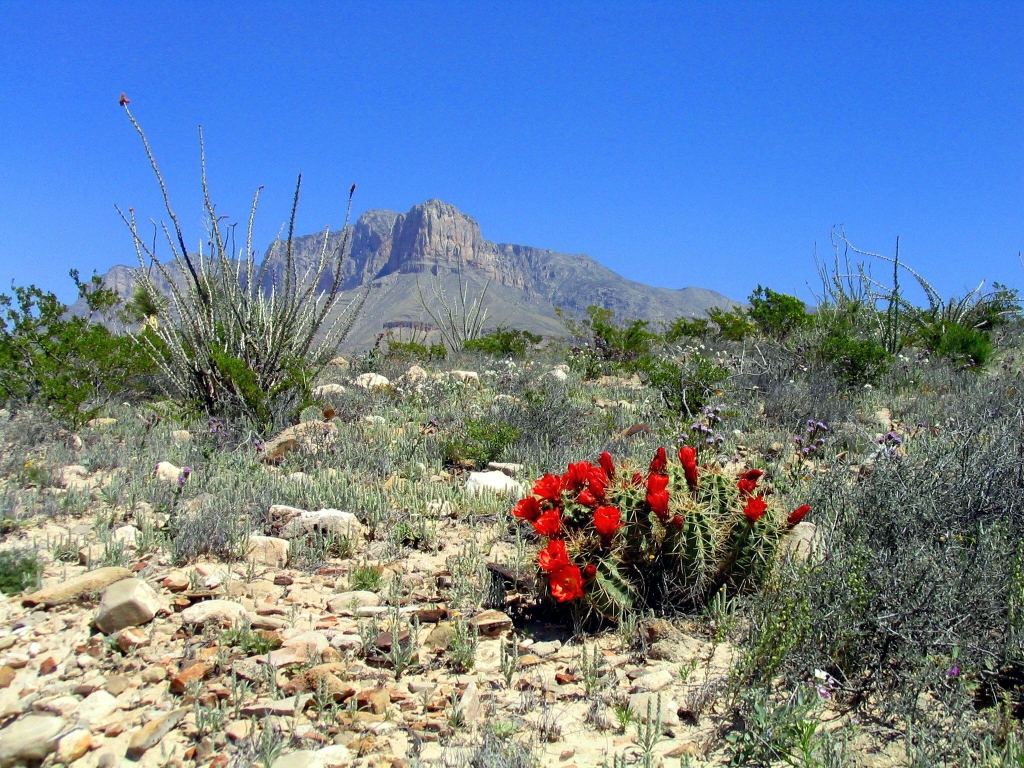
Guadalupe Mountains

Haleakalā
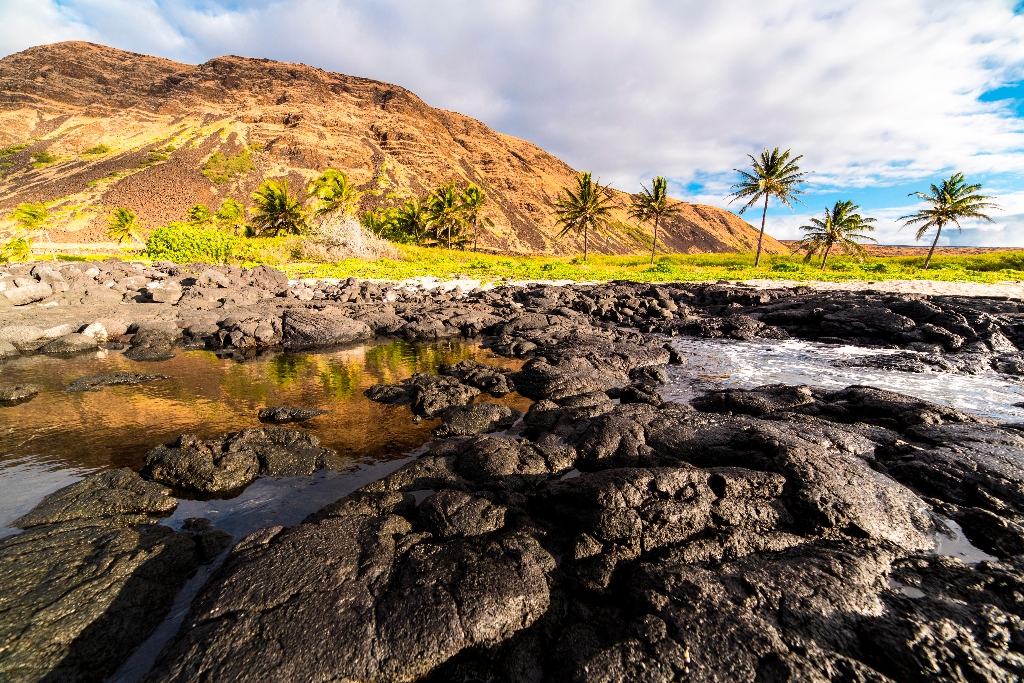
Hawaiʻi Volcanoes
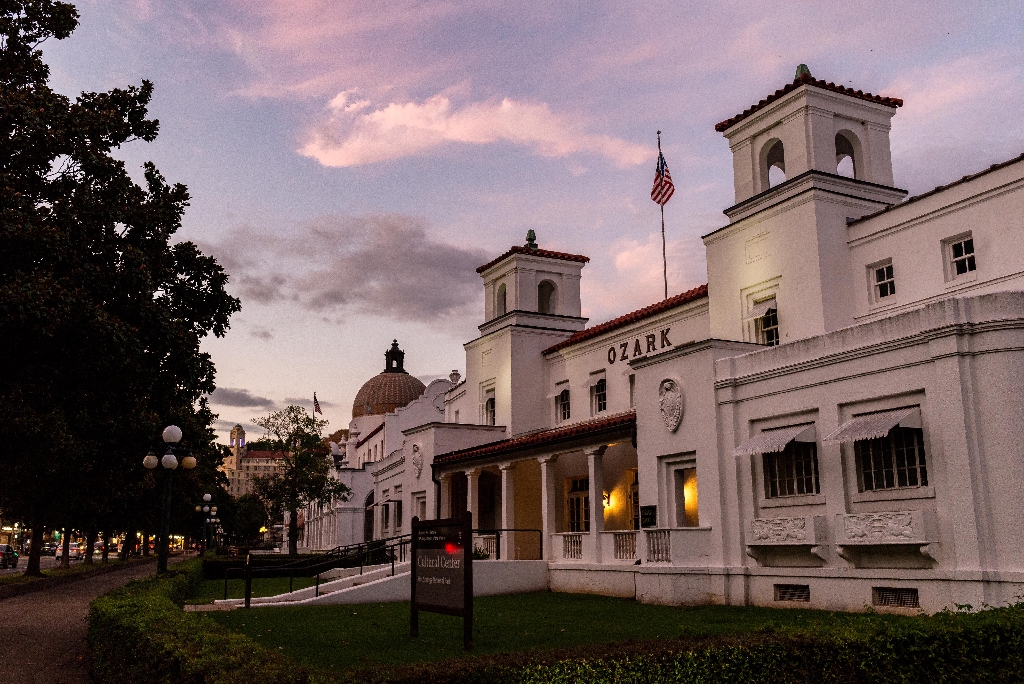
Hot Springs
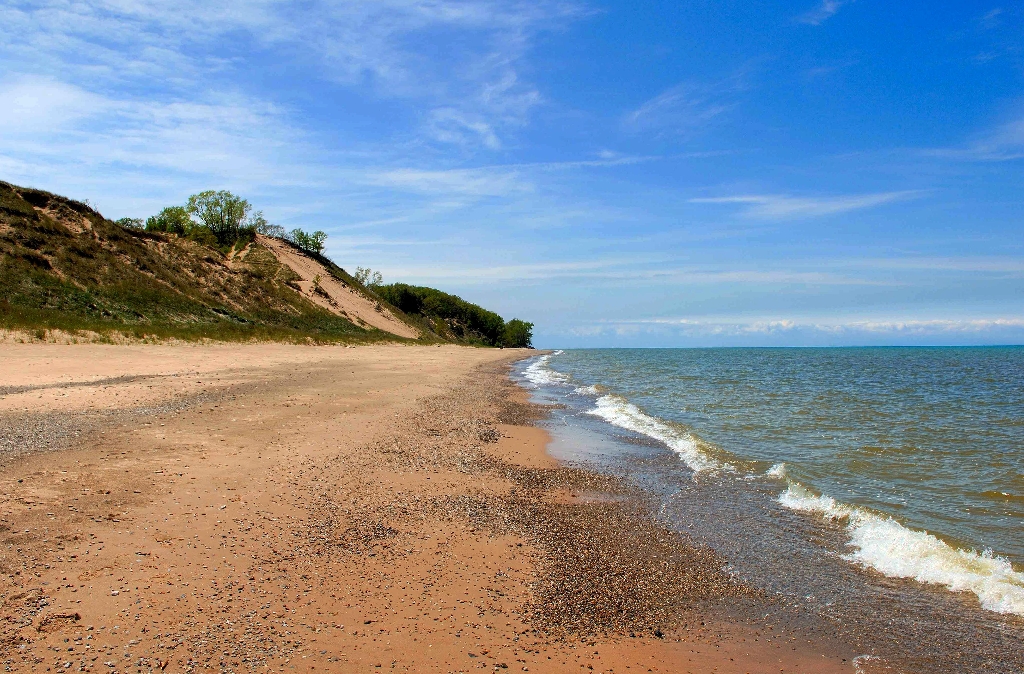
Indiana Dunes
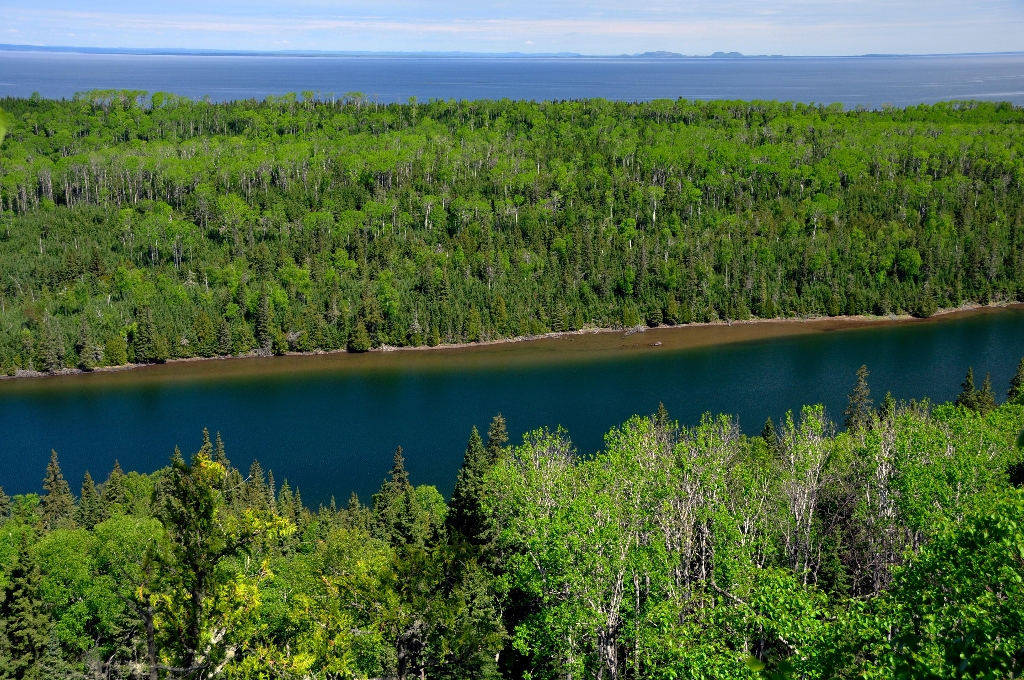
Isle Royale
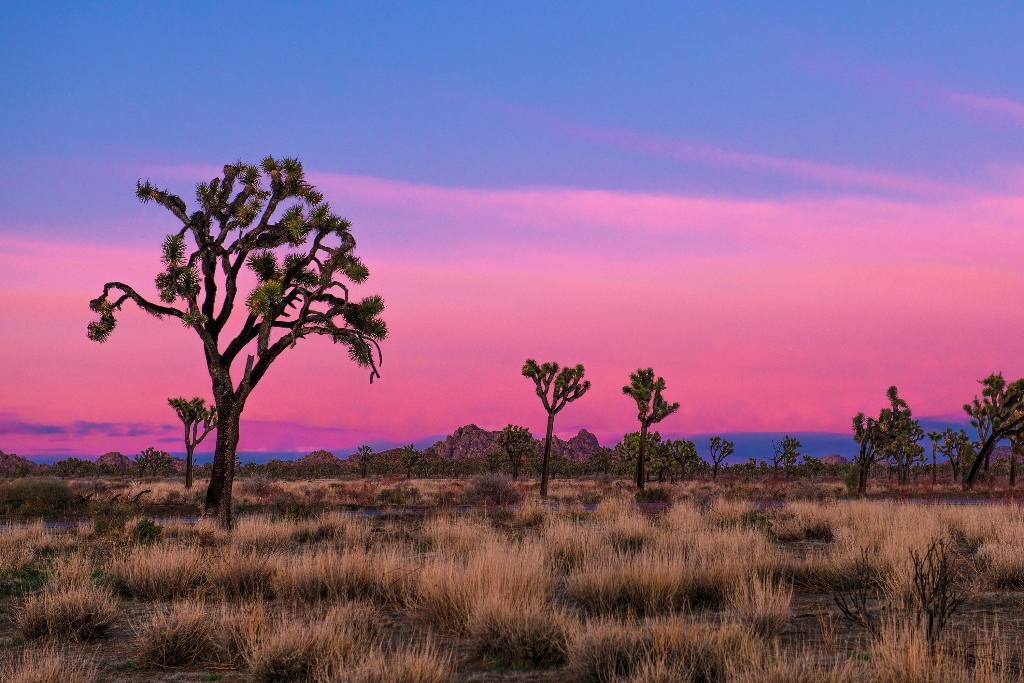
Joshua Tree

Kenai Fjords

Kobuk Valley
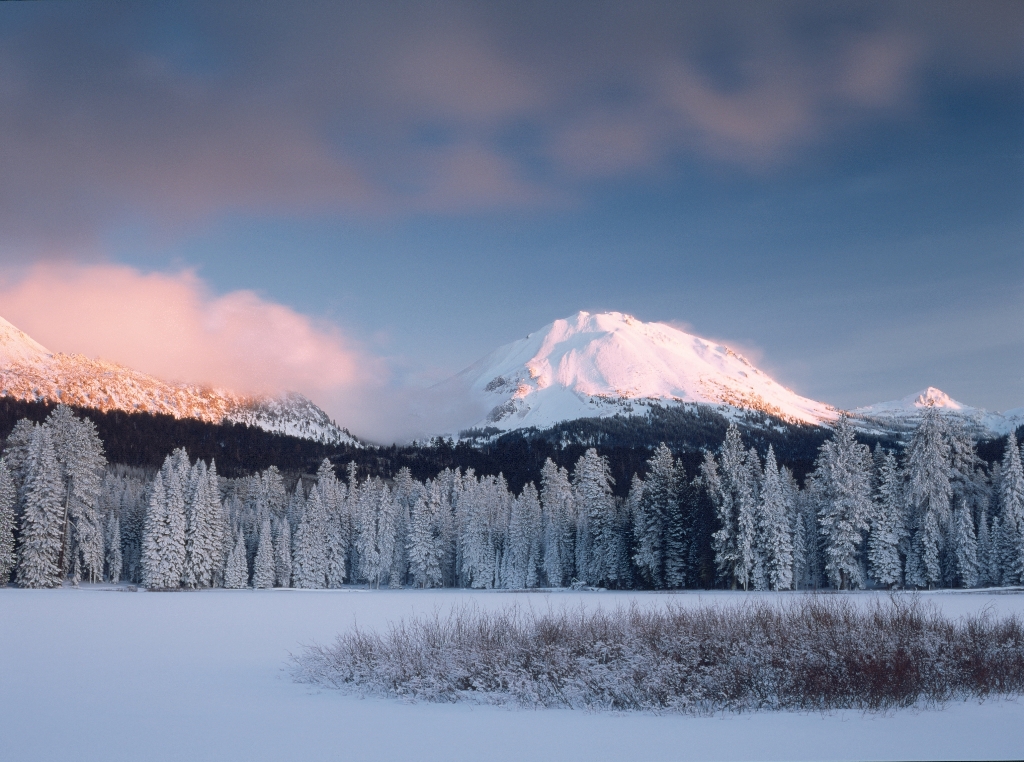
Lassen Volcanic
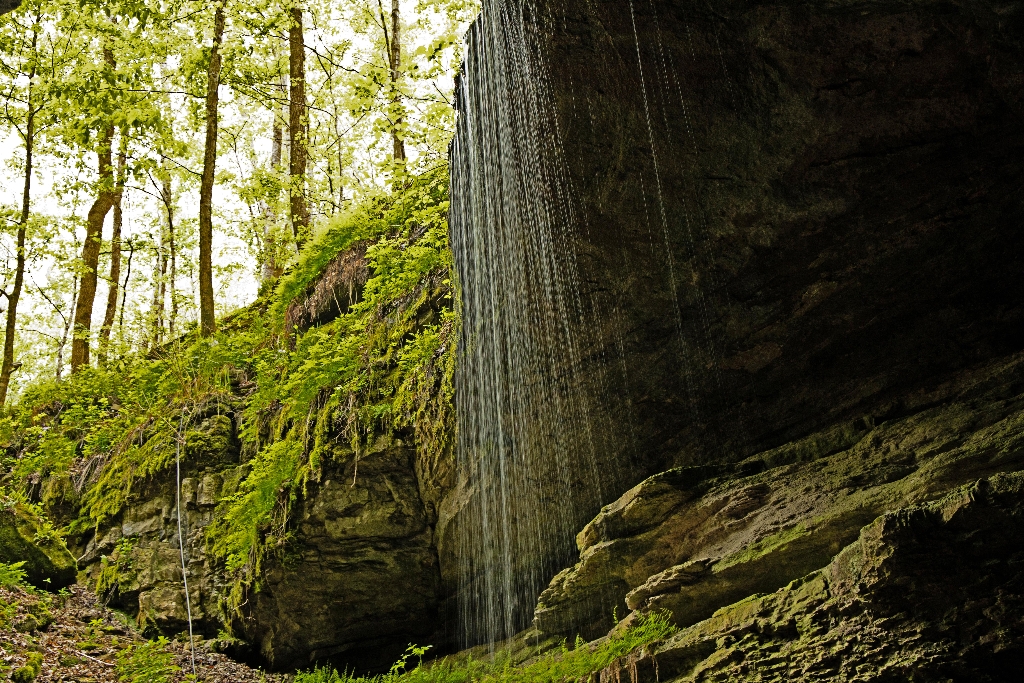
Mammoth Cave
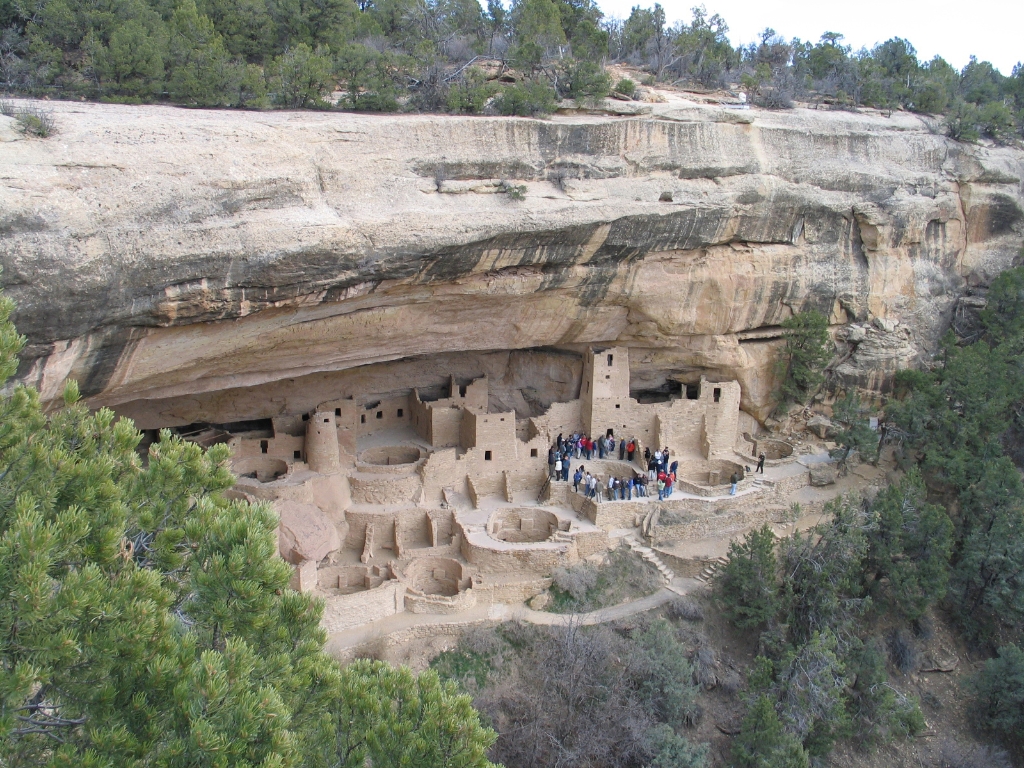
Mesa Verde
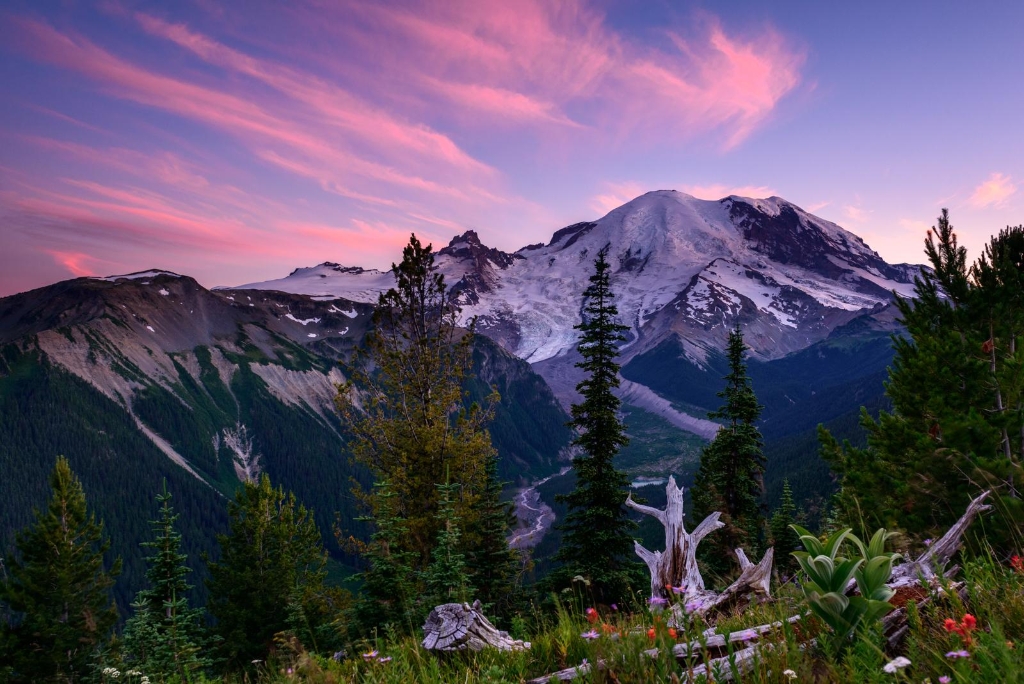
Mount Rainier
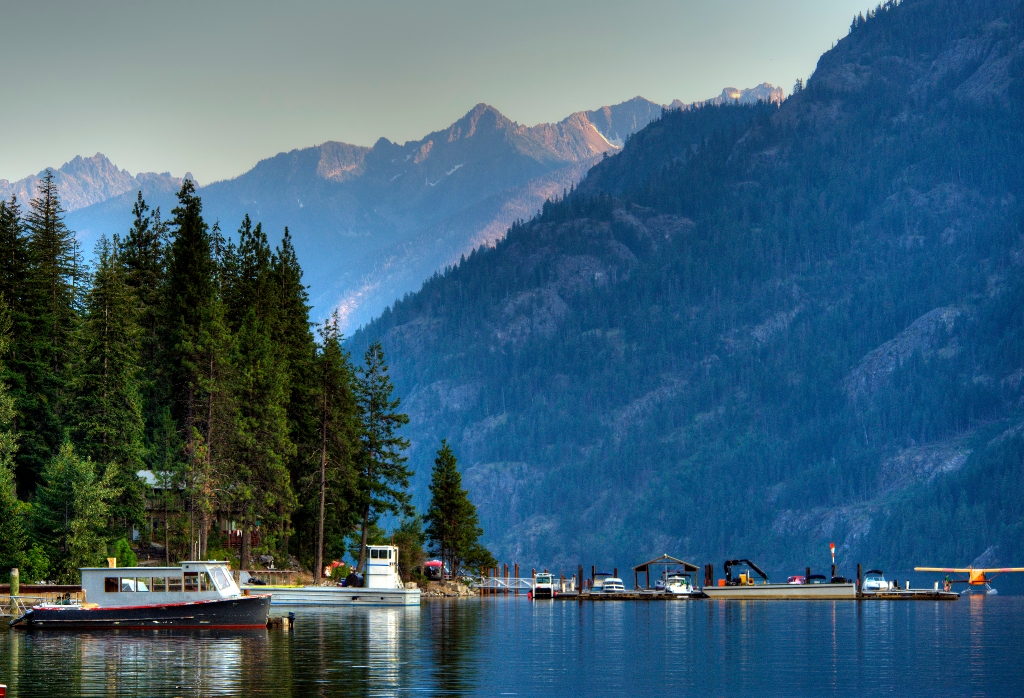
North Cascades

Olympic
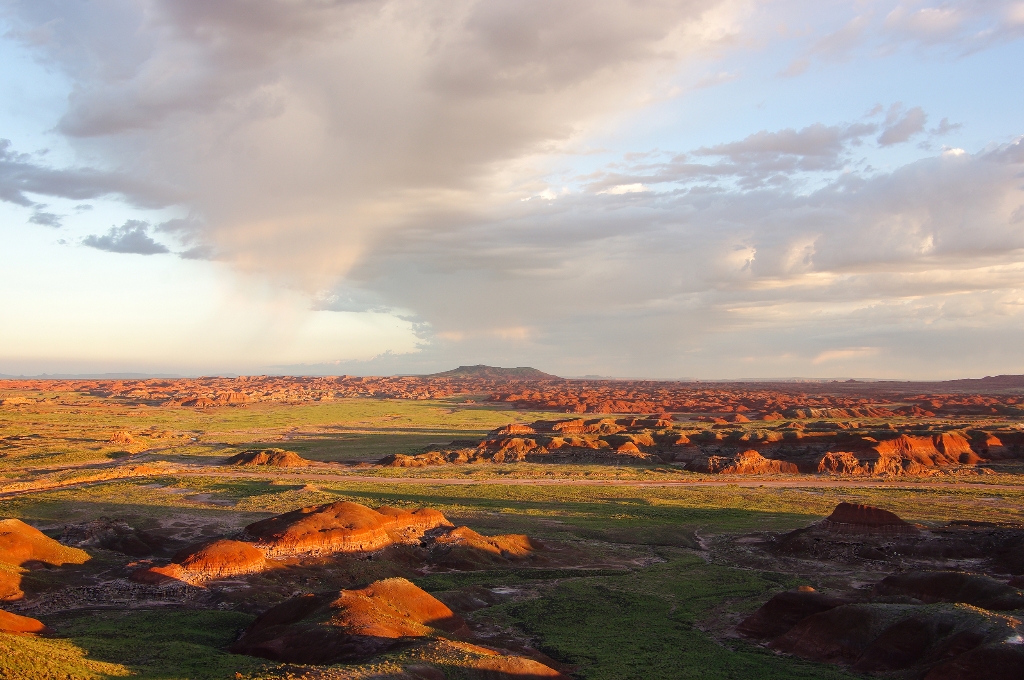
Petrified Forest
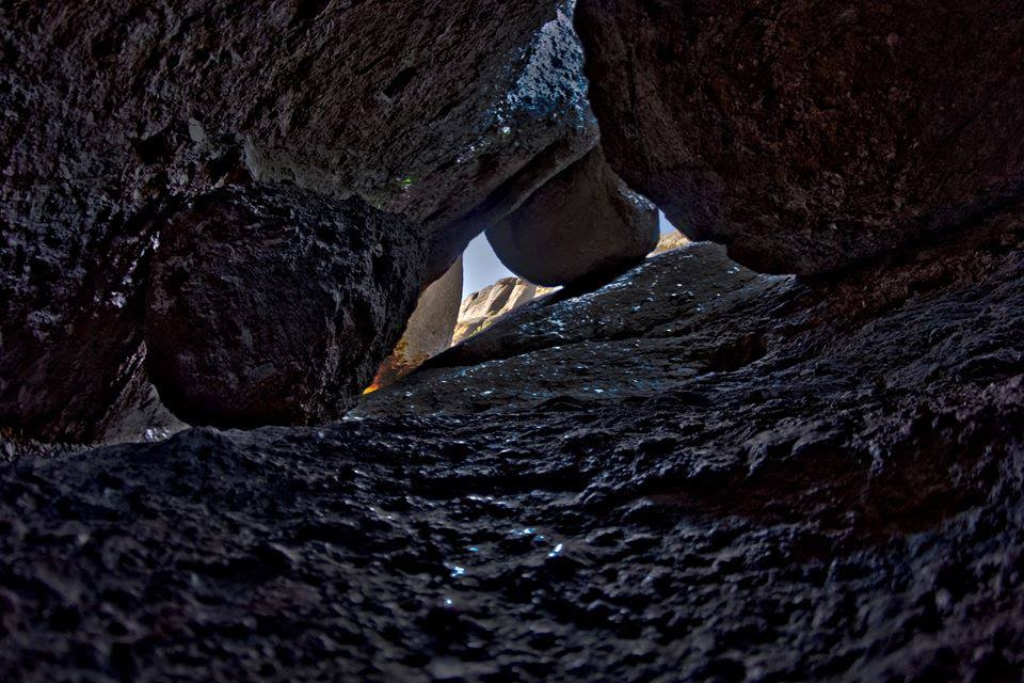
Pinnacles
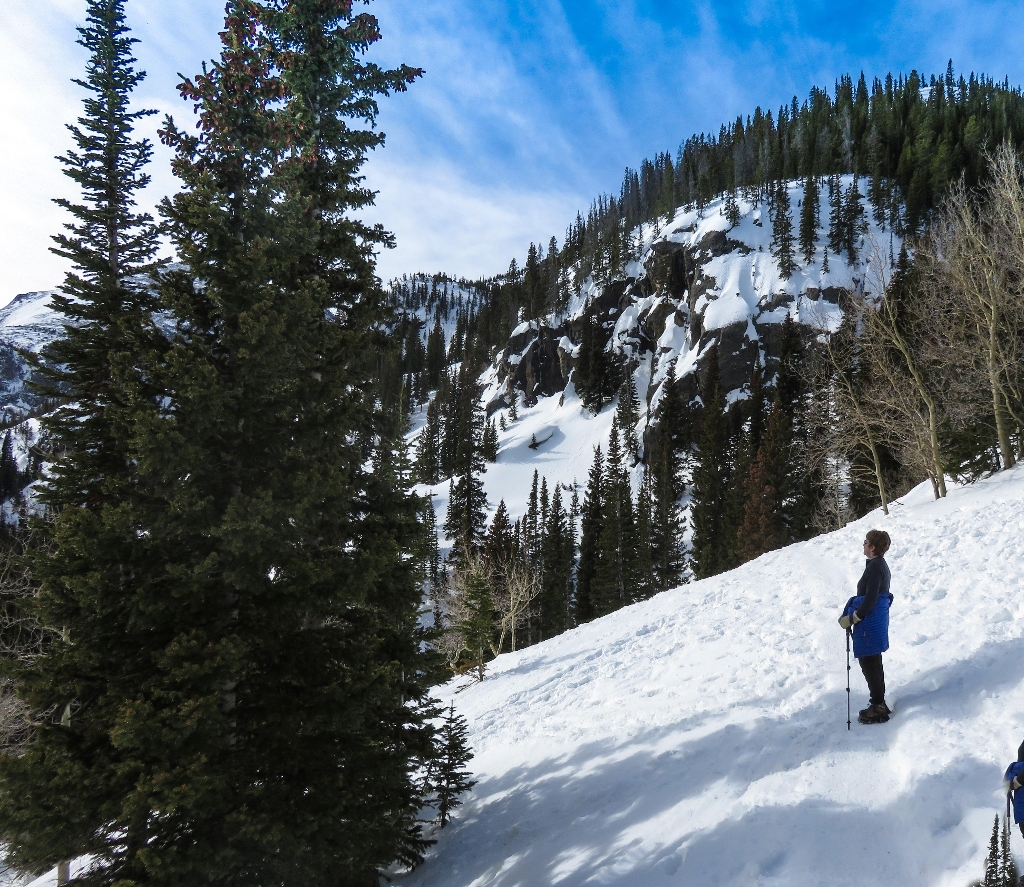
Rocky Mountain
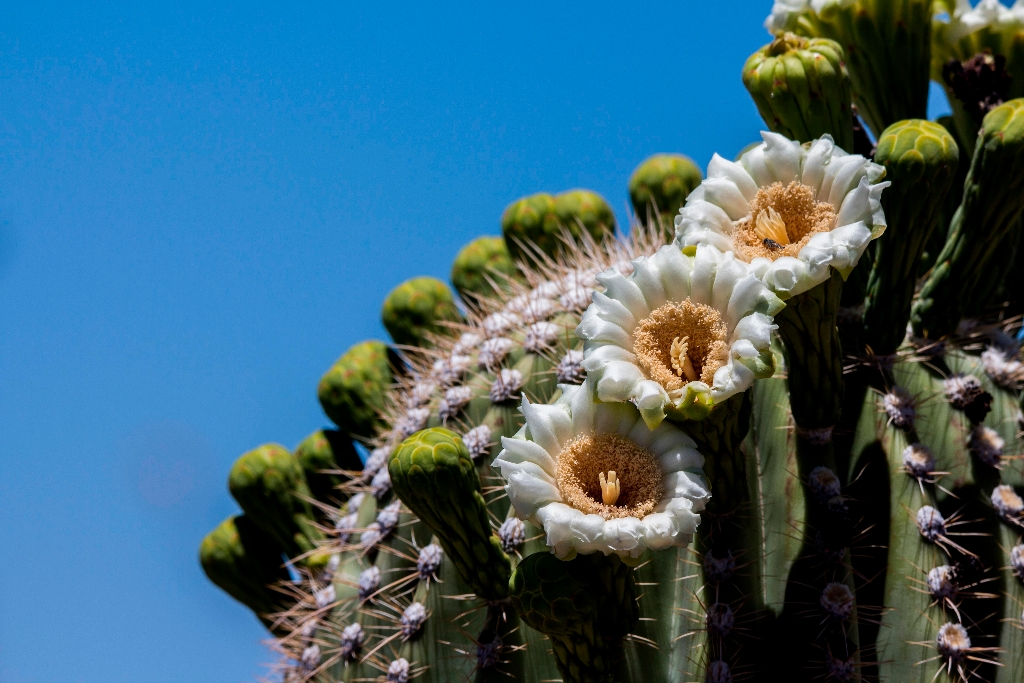
Saguaro
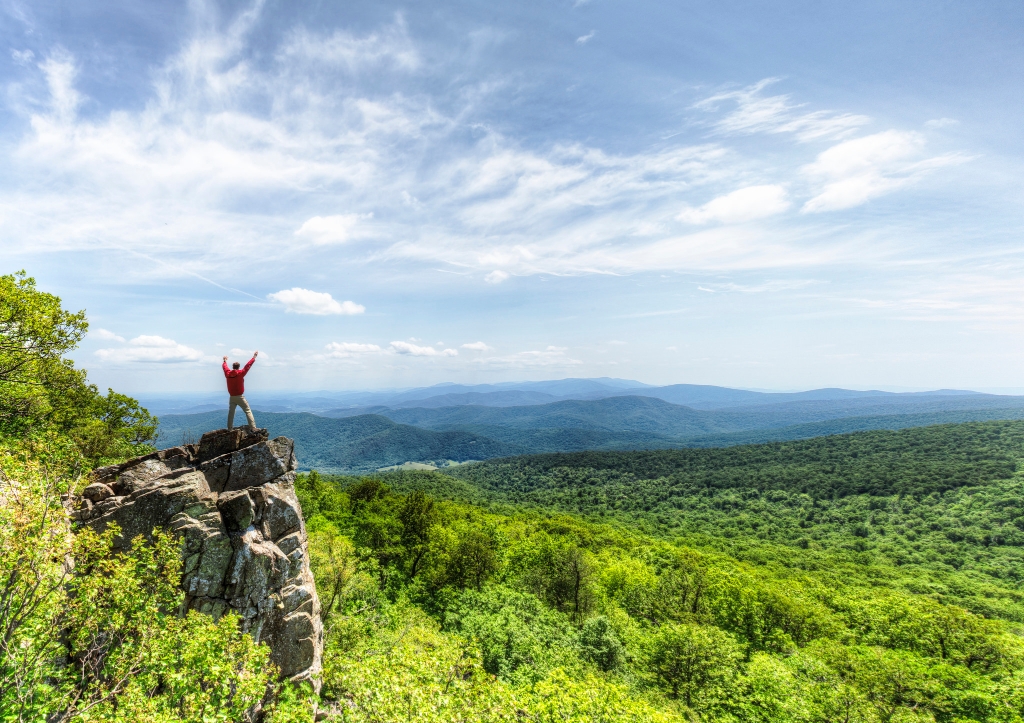
Shenandoah
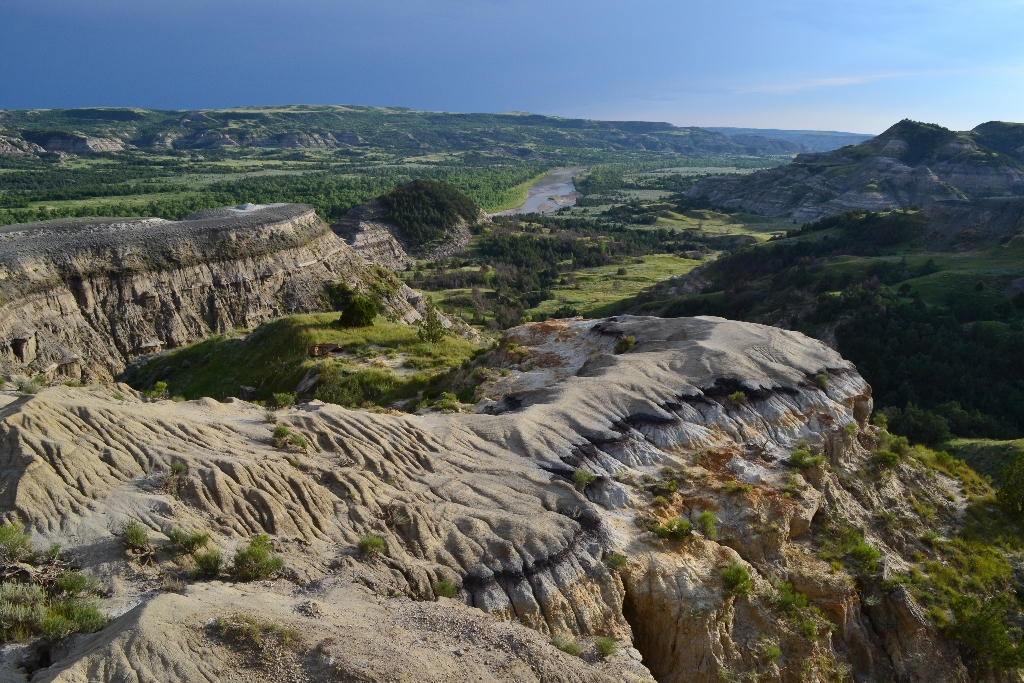
Theodore Roosevelt
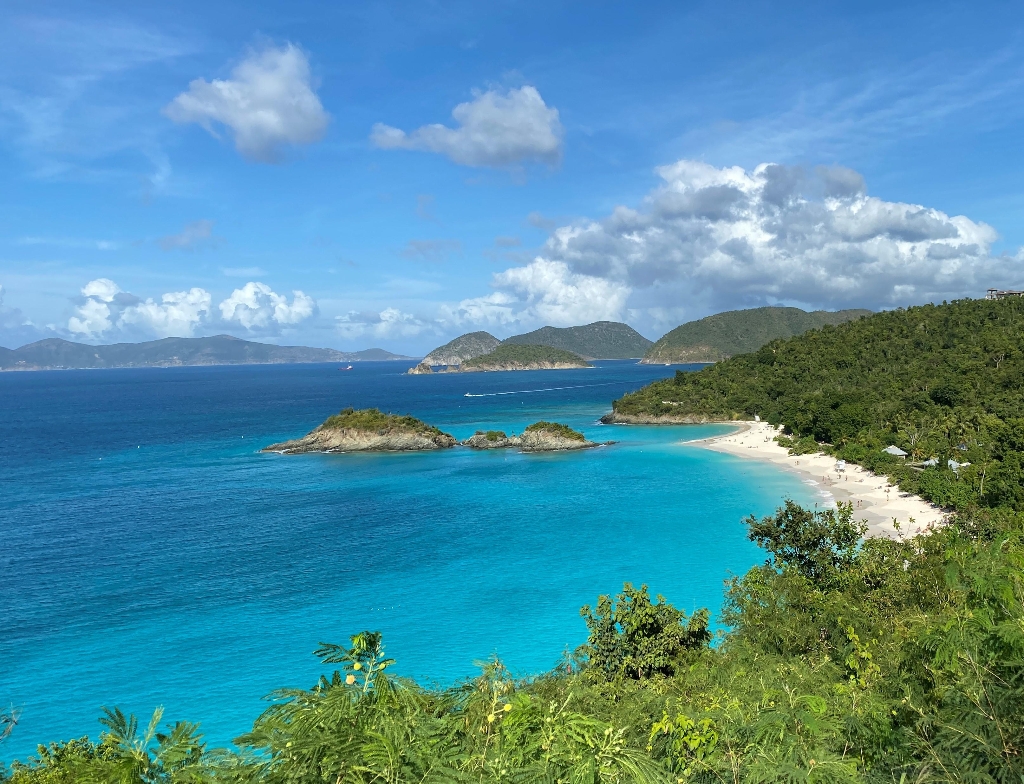
Virgin Islands
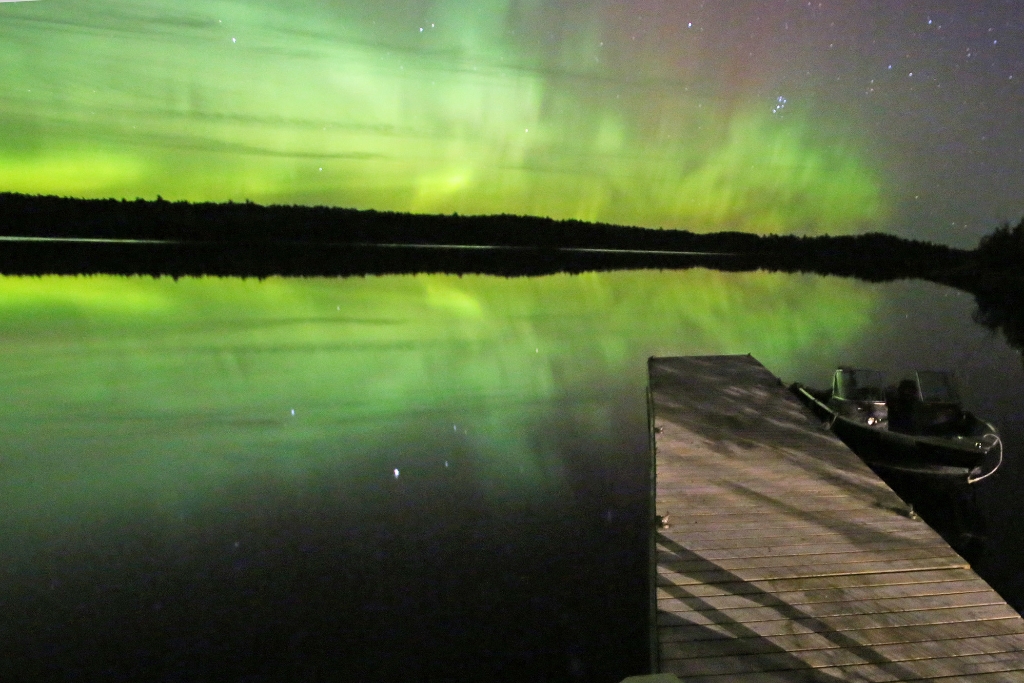
Voyageurs
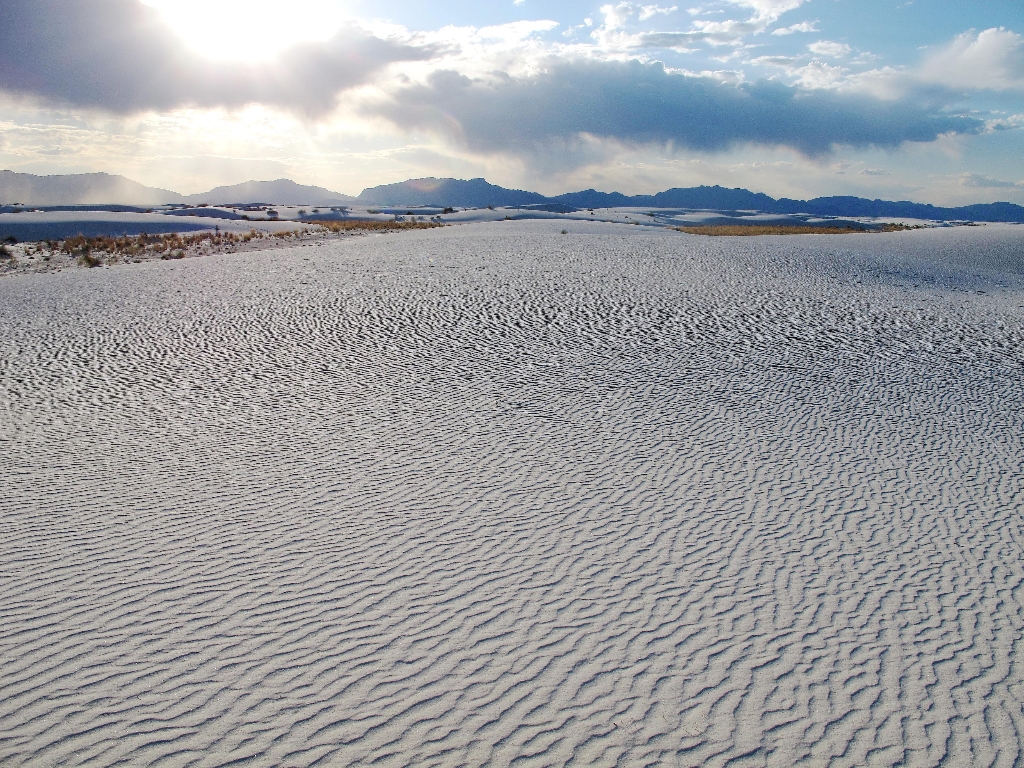
White Sands
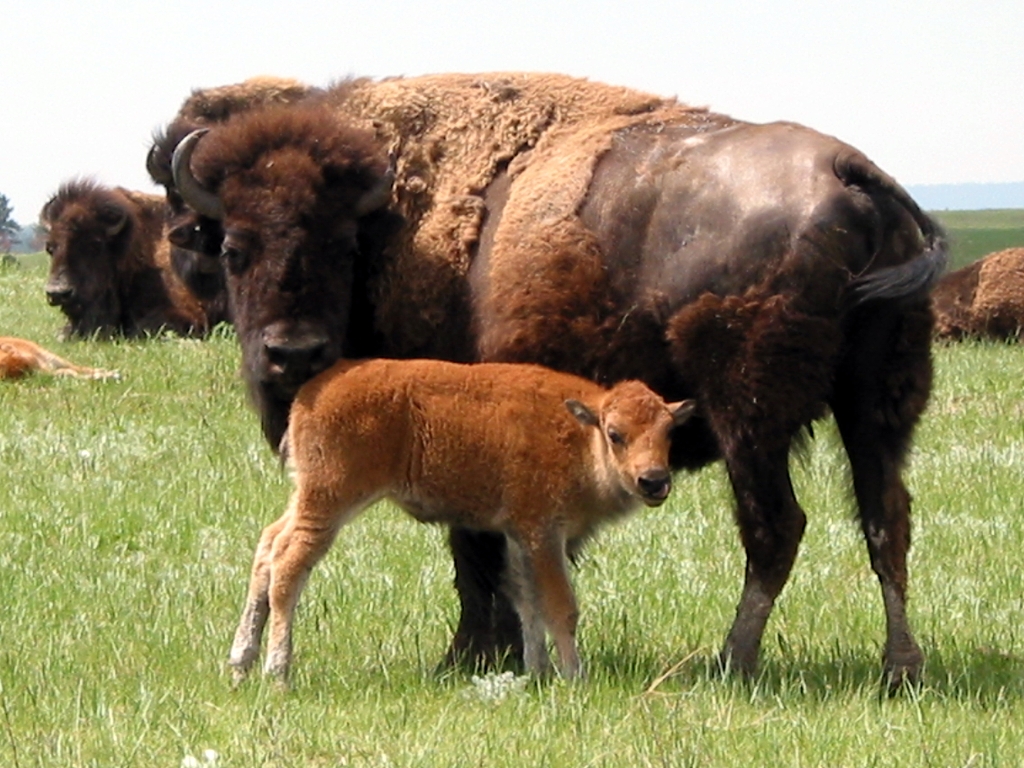
Wind Cave
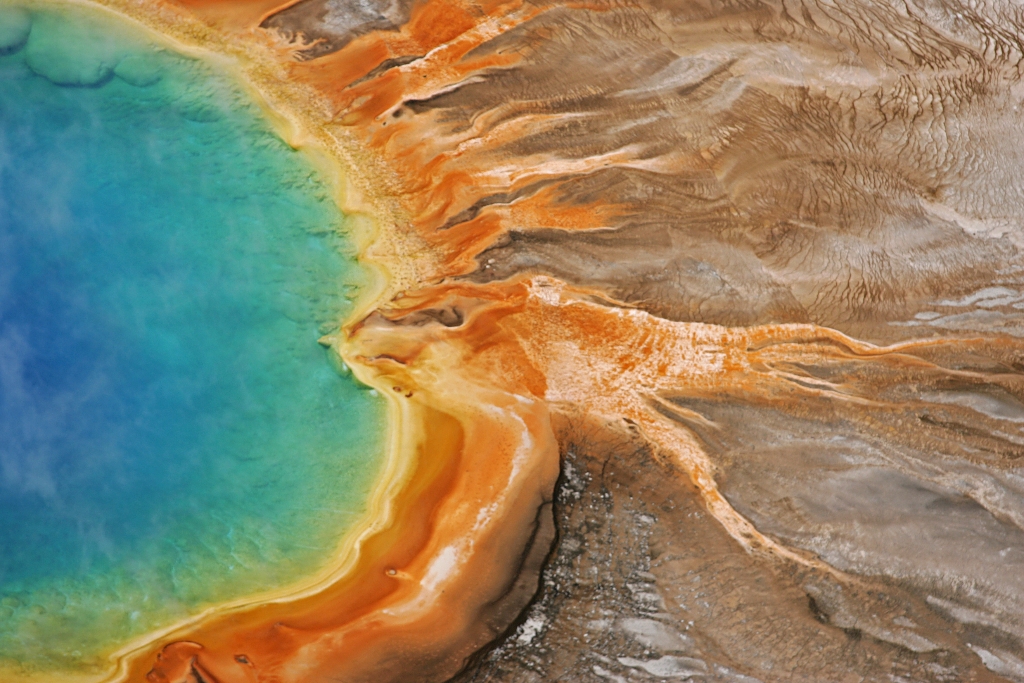
Yellowstone
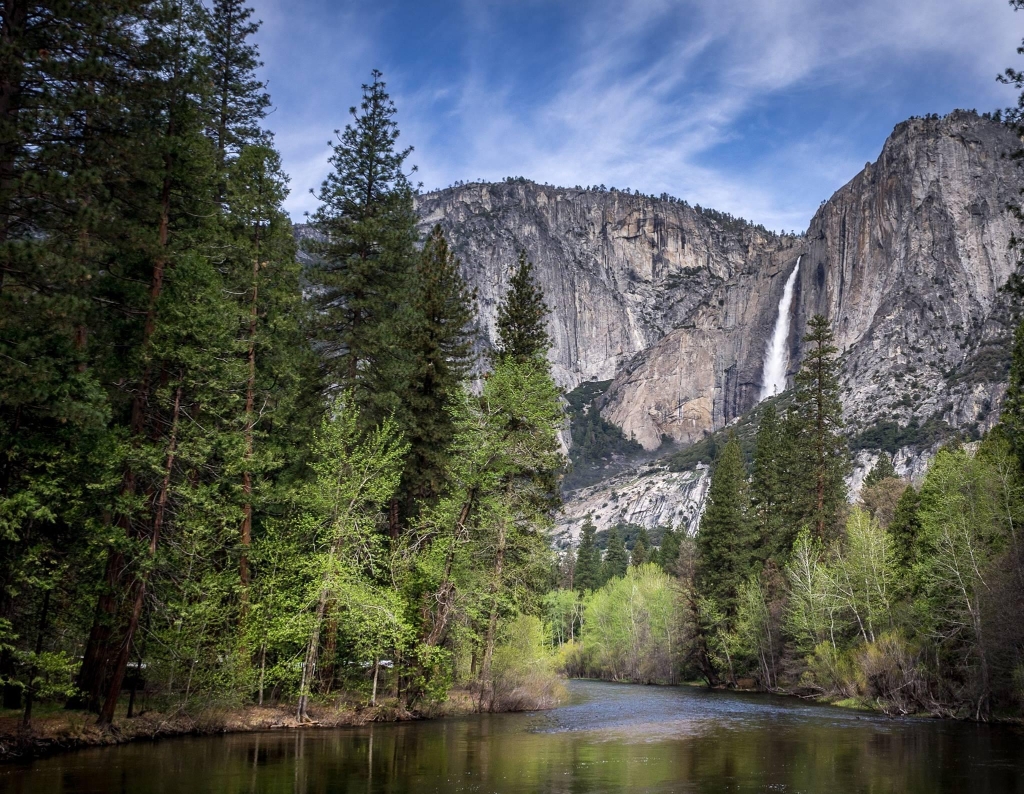
Yosemite

Zion